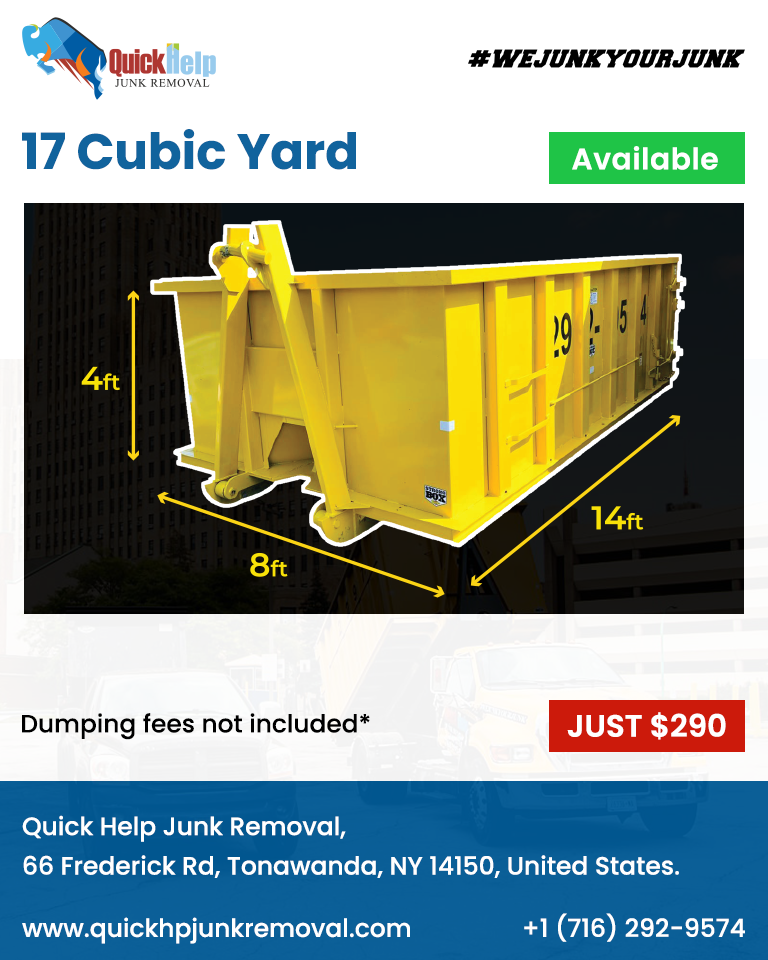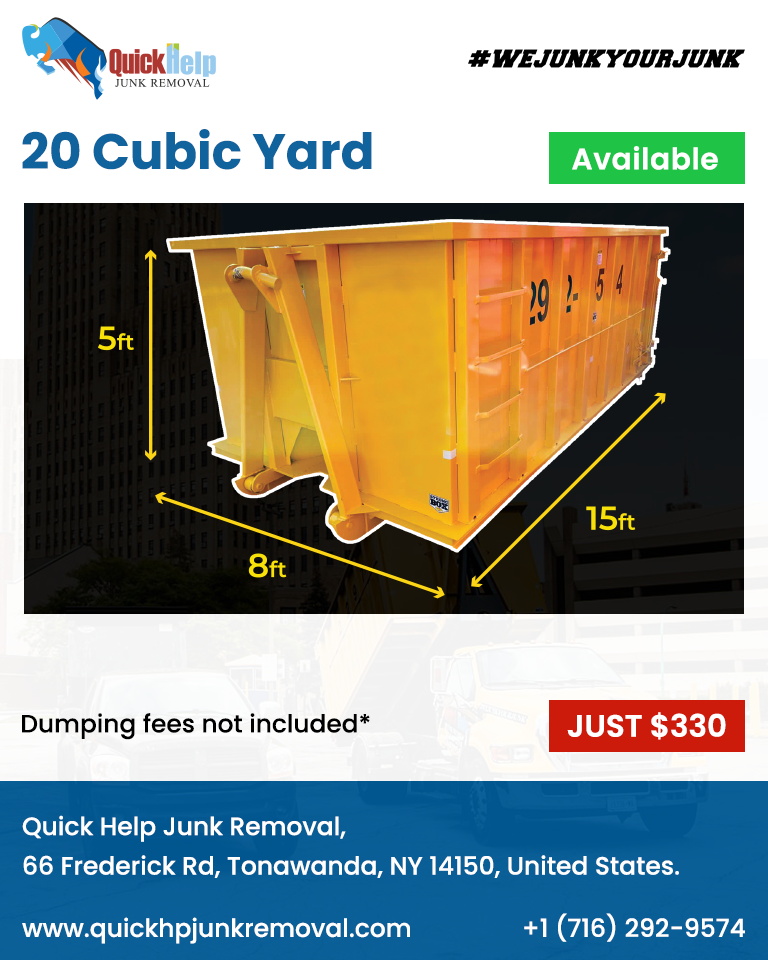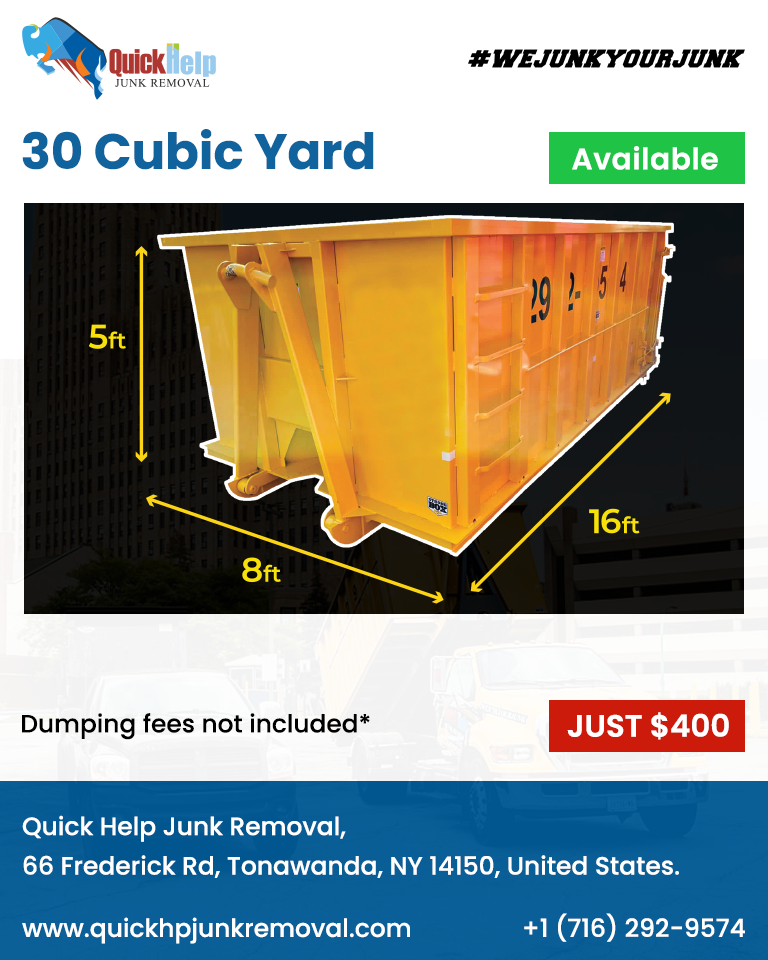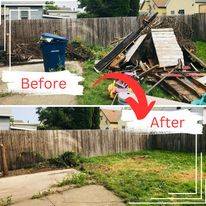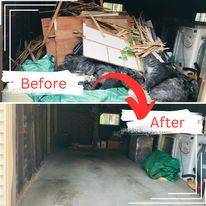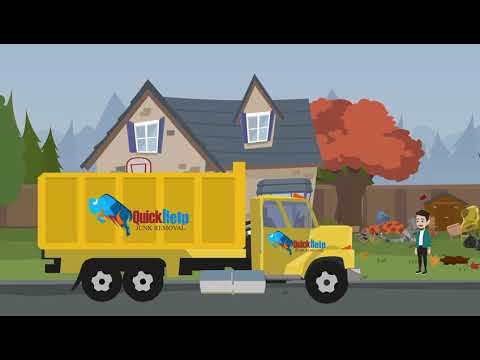How to Choose the Right Dumpster Rental Size for Your Needs 2024, Choosing the right dumpster rental size can make your project go smoothly and save you money. Whether you’re tackling a home renovation, cleaning out your garage, or managing a construction site, getting the right size dumpster is crucial. Here’s a comprehensive guide to help you pick the perfect dumpster size for your needs.
Understanding Your Project Needs
Types of Projects That Require Dumpster Rentals
Before you decide on a dumpster size, you need to understand the scope of your project. Here are some common projects that typically require dumpster rentals:
- Home Renovations: Whether you’re redoing your kitchen or adding a new bathroom, renovations produce a lot of waste.
- Construction Sites: Building and construction projects, both large and small, generate significant amounts of debris.
- Yard Cleanups: Removing trees, bushes, and other yard waste can be overwhelming without a dumpster.
- Decluttering and Moving: Getting rid of old furniture, appliances, and other household items can be made easier with a dumpster.
Common Dumpster Sizes and Their Uses
Overview of Standard Dumpster Sizes
Dumpsters come in various sizes, usually measured in cubic yards. Here are the most common sizes and their typical uses:
17-Yard Dumpster
- Typical Dimensions: 14 feet long, 7.5 feet wide, and 5 feet high.
- Ideal For: Medium-sized renovations, large cleanouts, roofing projects.
- Example Projects: Replacing a roof, large garage cleanout, mid-sized home renovation.
20-Yard Dumpster
- Typical Dimensions: 20 feet long, 8 feet wide, and 4 feet high.
- Suitable For: Medium-sized renovations, large cleanouts, roofing projects.
- Example Projects: Replacing a roof, large garage cleanout, mid-sized home renovation.
26-Yard Dumpster
- Typical Dimensions: 22 feet long, 8 feet wide, and 5 feet high.
- Ideal For: Large renovations, extensive cleanouts, commercial projects.
- Example Projects: Major home renovation, office cleanout, large yard projects.
30-Yard Dumpster
- Typical Dimensions: 22 feet long, 8 feet wide, and 6 feet high.
- Best For: Larger home renovations, construction debris, major cleanouts.
- Example Projects: New home construction, major home addition, large-scale decluttering.
Estimating the Amount of Waste
How to Calculate the Volume of Waste
To choose the right dumpster size, you need to estimate the volume of waste your project will generate. Dumpsters are measured in cubic yards, so it’s helpful to visualize this measurement.
- Using Cubic Yards: 1 cubic yard is 3 feet long, 3 feet wide, and 3 feet high.
- Examples: A standard kitchen refrigerator is about 1-2 cubic yards. A couch is roughly 2-3 cubic yards.
Tools and Methods for Estimating Waste Volume
- Online Calculators: Many dumpster rental companies offer online tools to help estimate waste volume.
- Professional Assessment: If you’re unsure, a professional can visit your site to give an accurate estimate.
Considering the Type of Waste
Types of Materials You’ll Be Disposing Of
Different projects generate different types of waste, and it’s important to match the dumpster size to the type of waste:
- Household Items: Furniture, appliances, and general junk.
- Construction Debris: Wood, drywall, bricks, and metal.
- Yard Waste: Trees, shrubs, grass clippings.
- Hazardous Materials: Paints, chemicals, and batteries (note: these require special handling and cannot be placed in regular dumpsters).
Importance of Informing the Rental Company About the Type of Waste
Certain materials require special handling or may not be accepted in all dumpster types. Always inform the rental company about the waste you plan to dispose of to ensure you get the right type of dumpster.
Space Constraints and Accessibility
Assessing the Space Available for Dumpster Placement
Before renting a dumpster, check the space where you plan to place it:
- Driveways: Make sure your driveway can accommodate the dumpster size.
- Alleys and Streets: Verify if local regulations allow dumpster placement in these areas.
Accessibility Considerations
Ensure the dumpster is easily accessible for loading and unloading. Also, check if local regulations require permits for placing dumpsters on public property.
Budget Considerations
How Dumpster Size Impacts Rental Cost
The cost of renting a dumpster varies with size. Larger dumpsters cost more, but they can save money if your project generates more waste than expected.
- Cost Comparison: Compare the costs of different sizes. Renting a smaller dumpster multiple times can be more expensive than renting a larger one once.
Balancing Cost with Convenience and Needs
Weigh the cost against the convenience of not having to make multiple trips to dispose of waste. Choose a size that fits your project’s scope and your budget.
Consulting with a Professional
Benefits of Seeking Expert Advice
Consulting with a professional can save you time and money. They can provide valuable insights and recommend the best dumpster size for your project.
How to Communicate Your Project Needs Effectively
Provide details about your project, including the type of waste, estimated volume, and the duration of the rental. This helps the rental company suggest the most suitable dumpster.
Questions to Ask Your Dumpster Rental Provider
- What sizes do you offer?
- What types of waste are accepted?
- Do you provide any additional services, such as waste sorting or recycling?
- Are there any restrictions or additional fees?
Choosing the right dumpster rental size is crucial for the success of your project. By understanding your needs, estimating the waste volume, considering the type of waste, and consulting with professionals, you can ensure a smooth and cost-effective process. Trust Quick Help Junk Removal to provide the right dumpster for your needs and make your project a success.




